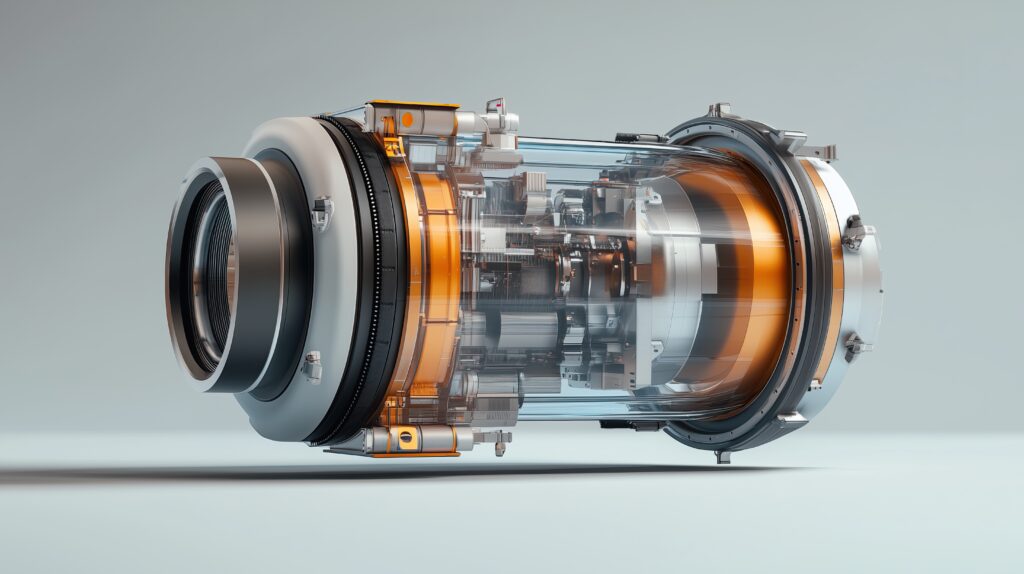

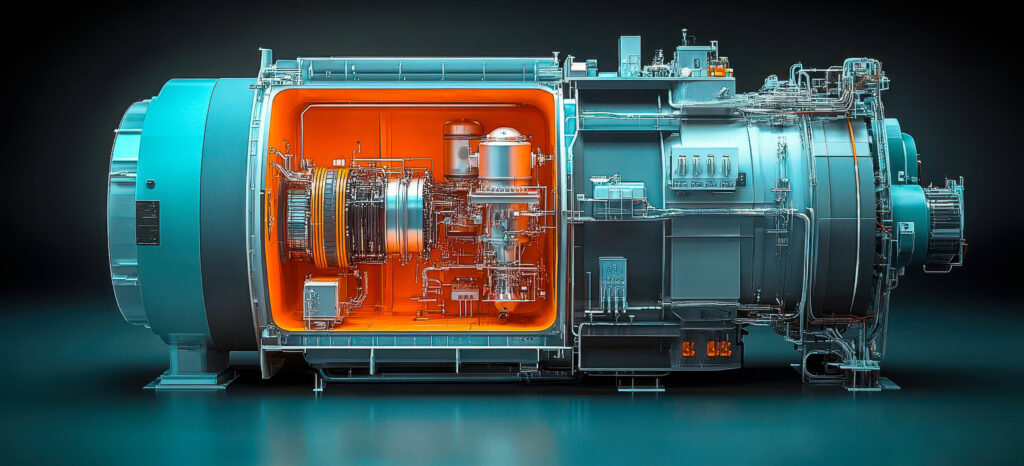

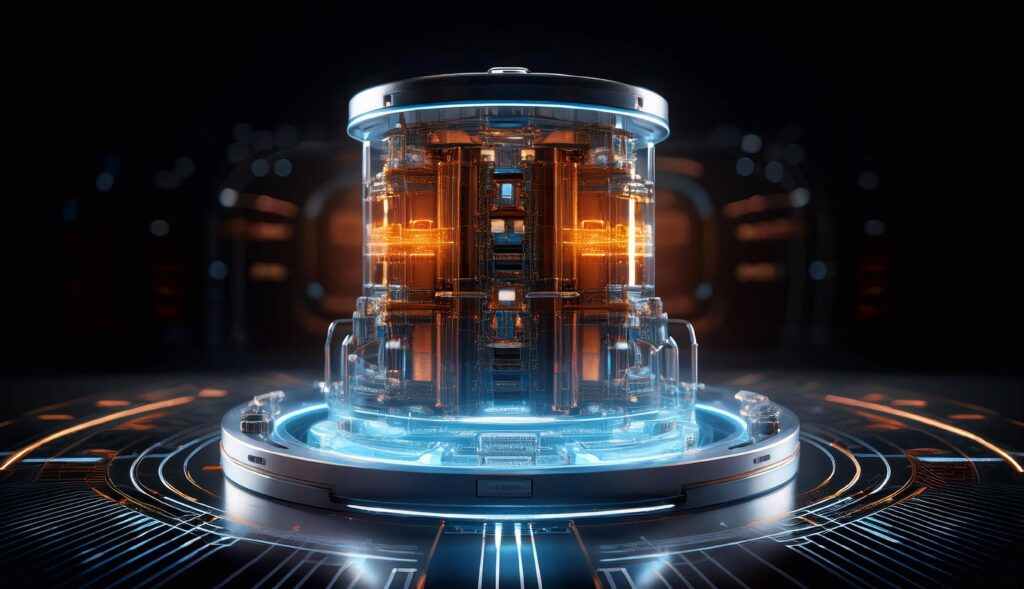
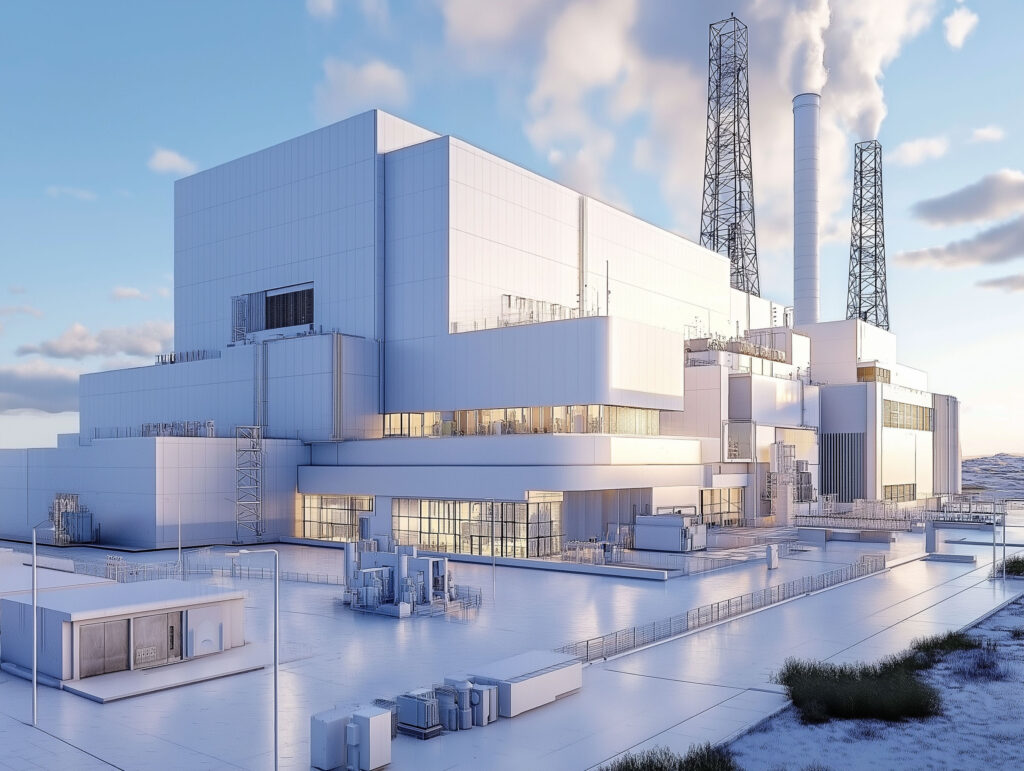
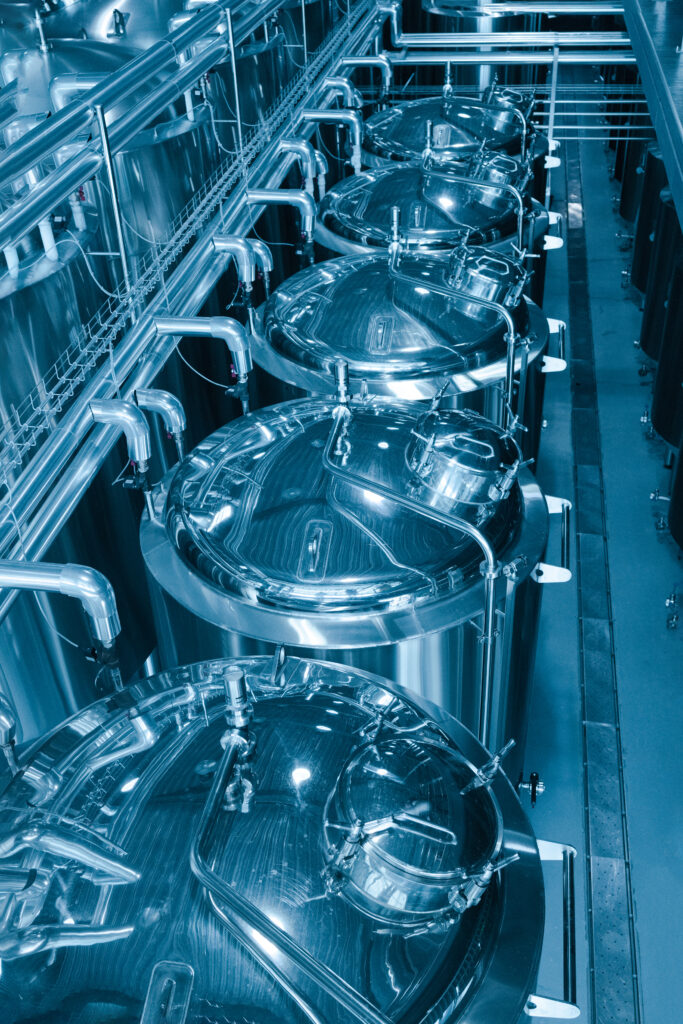
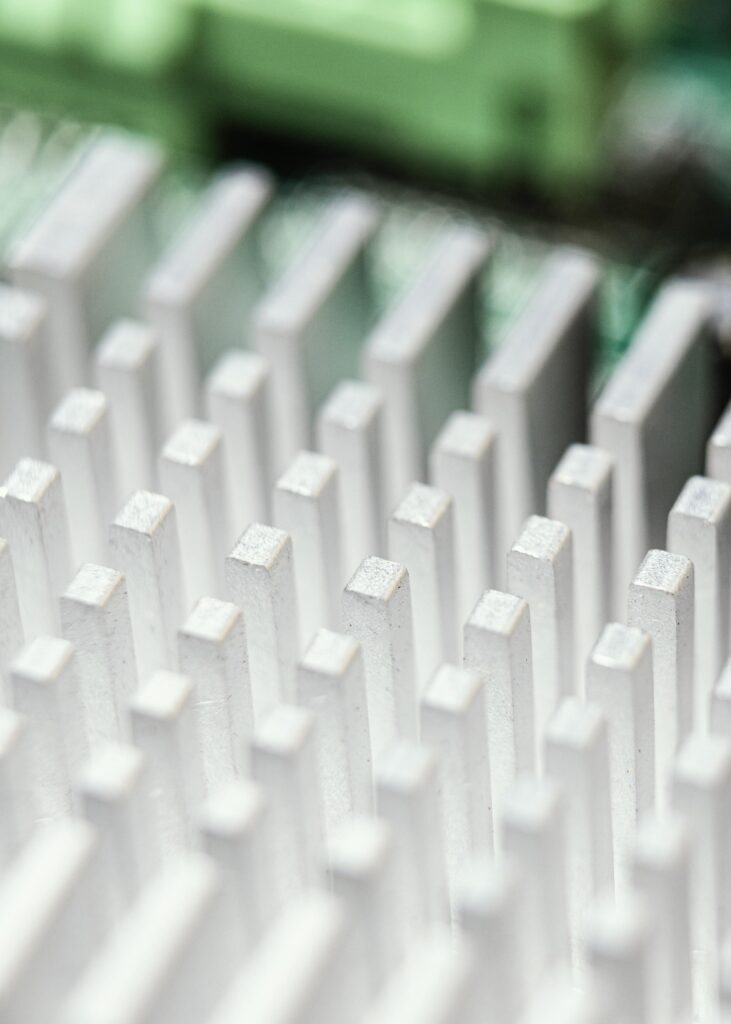
چھوٹے ماڈیولر نیوکلیئر ری ایکٹرز (SMRs) کے بارے میں بحث زور پکڑ رہی ہے کیونکہ وہ روایتی بجلی پیدا کرنے کے طریقوں کے قابل عمل متبادل کے طور پر پوزیشن میں ہیں۔ بہت سے ماہرین کا کہنا ہے کہ ایس ایم آرز صاف توانائی کے مستقبل میں اہم کردار ادا کر سکتے ہیں۔ پھر بھی، کیا یہ ٹیکنالوجی صرف ہائپ ہے، یا یہ توانائی کے شعبے میں حقیقی طور پر گیم چینجر ثابت ہو سکتی ہے؟
چھوٹے ماڈیولر ری ایکٹر کیا ہیں؟
SMRs چھوٹے ماڈیولر ری ایکٹر ہیں جو روایتی نیوکلیئر پلانٹس کے مقابلے میں چھوٹے انکریمنٹ میں بجلی پیدا کرتے ہیں۔ عام طور پر 300 میگا واٹ سے کم بجلی پیدا کرنے والے، SMRs کو ماڈیولر اور توسیع پذیر بنانے کے لیے ڈیزائن کیا گیا ہے، جس سے فیکٹری پر مبنی پیداوار اور موثر تعیناتی کی اجازت دی جاتی ہے۔ روایتی بڑے ری ایکٹرز کے برعکس جن کے لیے وسیع انفراسٹرکچر کی ضرورت ہوتی ہے، SMRs کو مختلف سیٹنگز میں انسٹال کیا جا سکتا ہے، بشمول دور دراز کے مقامات یا چھوٹے گرڈز۔ ان کا ڈیزائن حفاظت پر زور دیتا ہے، جدید ٹیکنالوجیز کو استعمال کرتا ہے جو اکثر غیر فعال حفاظتی خصوصیات کو استعمال کرتی ہے، ہنگامی حالات کے دوران خطرے کو کم کرتی ہے۔
SMRs کا وعدہ
-
کم کاربن کا اخراج: SMRs ایک مستقل، قابل اعتماد توانائی کا ذریعہ فراہم کر سکتا ہے جو وقفے وقفے سے قابل تجدید توانائی کے ذرائع جیسے ہوا اور شمسی توانائی کی تکمیل کرتا ہے۔ ان میں گرین ہاؤس گیسوں کے اخراج کو نمایاں طور پر کم کرنے اور معیشتوں کو موسمیاتی اہداف حاصل کرنے میں مدد کرنے کی صلاحیت ہے۔
-
توانائی کی حفاظت: SMRs توانائی کی آزادی اور سلامتی کو بڑھا سکتے ہیں، جس سے ممالک جیواشم ایندھن اور غیر ملکی توانائی کی فراہمی پر کم انحصار کرتے ہیں۔ جیسے جیسے توانائی کا منظر نامہ تیار ہوتا ہے، ایک مستحکم اور قابل کنٹرول توانائی کا ذریعہ ہونا ضروری ہے۔
-
لاگت کی تاثیر: اگرچہ ابتدائی سرمائے کے اخراجات کافی ہو سکتے ہیں، لیکن SMRs کے لیے مینوفیکچرنگ کے عمل طویل مدتی آپریشنل اخراجات کو کم کر سکتے ہیں۔ مختصر تعمیراتی ٹائم لائنز اور ماڈیولریٹی کے ساتھ، وہ روایتی ری ایکٹرز کے مقابلے میں زیادہ تیزی سے تعمیر اور تعینات کیے جا سکتے ہیں۔
-
عوامی قبولیت: اپنے چھوٹے قدموں کے نشانات اور جدید حفاظتی خصوصیات کے ساتھ، SMRs جوہری توانائی کے لیے عوامی حمایت حاصل کر سکتے ہیں، جسے ماضی کے حادثات اور بڑے پلانٹس میں بدانتظامی کی وجہ سے شکوک و شبہات کا سامنا کرنا پڑا ہے۔
-
لچکدار ایپلی کیشنز: SMRs ممکنہ طور پر مختلف ایپلی کیشنز کے لیے پاور سورس کے طور پر کام کر سکتے ہیں، بشمول ڈی سیلینیشن پلانٹس، ڈسٹرکٹ ہیٹنگ، اور یہاں تک کہ ہائیڈروجن کی پیداوار۔ ان کی استعداد توانائی کے متعدد مطالبات کو پورا کر سکتی ہے۔
چیلنجز پر قابو پانا
ان کے وعدے کے باوجود، چھوٹے ماڈیولر ری ایکٹرز کو مرکزی دھارے میں شامل توانائی کا حل بننے کے لیے کئی چیلنجوں سے نمٹنا ضروری ہے:
-
ریگولیٹری منظوری: جوہری صنعت کو انتہائی منظم کیا جاتا ہے، اور SMRs کو ایڈجسٹ کرنے کے لیے موجودہ فریم ورک کو اپنانا پیچیدہ ہو سکتا ہے۔ حفاظت کو یقینی بناتے ہوئے منظوری کے عمل کو ہموار کرنا سب سے اہم ہے۔
-
اخراجات اور فنانسنگ: توانائی کے منصوبوں کے لیے مالیاتی منظر نامہ مسابقتی ہے۔ SMRs کو محفوظ سرمایہ کاری کے لیے سستے، قابل تجدید متبادلات کے خلاف اقتصادی قابل عملیت کا مظاہرہ کرنا چاہیے۔
-
عوامی تاثر: جوہری توانائی کے بارے میں عوامی خدشات کو تعلیم اور SMR کی حفاظت اور فوائد کے بارے میں رسائی سے بدلنا چاہیے۔ شفافیت تاریخی واقعات میں جڑے خدشات کو دور کرنے میں مدد کر سکتی ہے۔
-
مینوفیکچرنگ اور سپلائی لاجسٹکس: ری ایکٹر کے اجزاء کے لیے قابل اعتماد سپلائی چینز کا قیام ضروری ہے۔ موثر پیداواری صلاحیتوں کو تیار کرنا SMRs کی تعیناتی کو تیز کر سکتا ہے۔
-
طویل مدتی فضلہ کا انتظام: SMRs کی طرف سے پیدا ہونے والے تابکار فضلہ کو کیسے ہینڈل کرنا ہے اس پر توجہ دینا بہت ضروری ہے۔ عوامی قبولیت میں مدد کے لیے صاف، موثر فضلہ کے انتظام کی حکمت عملی تیار کرنے کی ضرورت ہے۔
SMR ٹیکنالوجی میں عالمی ترقی
دنیا بھر کے ممالک چھوٹے ماڈیولر ری ایکٹر تیار کرنے کی کوششوں کو تیز کر رہے ہیں۔ ریاست ہائے متحدہ امریکہ اور کینیڈا سب سے آگے ہیں، جو ٹیکنالوجی کو جانچنے کے لیے ڈیزائن کیے گئے مختلف پائلٹ پروجیکٹس اور شراکت داریوں میں شامل ہیں۔ دیگر ممالک جیسے برطانیہ، روس اور چین بھی اپنی طویل مدتی توانائی کی حکمت عملیوں کے حصے کے طور پر SMRs میں سرمایہ کاری کر رہے ہیں۔
امریکی محکمہ توانائی نے توانائی کی خودمختاری اور پائیداری کے حصول میں اپنے کردار پر زور دیتے ہوئے چھوٹے ماڈیولر ری ایکٹرز ٹیکنالوجی کی تحقیق اور ترقی کے لیے اہم فنڈنگ کا عہد کیا ہے۔ کینیڈا 2020 کی دہائی کے آخر تک اپنی پہلی تجارتی SMR کو تعینات کرنے کا ارادہ رکھتا ہے، جو صاف توانائی کی منتقلی کے لیے ملک کے عزم کو ظاہر کرتا ہے۔
ایک متوازن تناظر
اگرچہ چھوٹے ماڈیولر ری ایکٹر اہم ممکنہ فوائد رکھتے ہیں، لیکن یہ ایک عالمگیر حل نہیں ہیں۔ موجودہ توانائی کے نظاموں میں ان کے انضمام پر دیگر ٹیکنالوجیز بشمول قابل تجدید ذرائع اور توانائی ذخیرہ کرنے کے ساتھ احتیاط سے غور کیا جانا چاہیے۔
کم کاربن والے مستقبل میں منتقلی کے لیے توانائی کے مختلف ذرائع اور اختراعات کو شامل کرتے ہوئے کثیر جہتی نقطہ نظر کی ضرورت ہے۔ سمارٹ گرڈز اور توانائی کی بچت والی ٹیکنالوجیز توانائی کی مجموعی پائیداری کو فروغ دینے میں بھی اہم کردار ادا کریں گی۔
نتیجہ: ہائپ یا گیم چینجر؟
چھوٹے ماڈیولر نیوکلیئر ری ایکٹرز کا اضافہ توانائی کے منظر نامے میں ایک اہم موڑ کی نشاندہی کرتا ہے۔ اگرچہ وہ توانائی کے تمام چیلنجوں کا علاج نہیں ہیں، لیکن صاف، قابل اعتماد، اور مستقل توانائی فراہم کرنے کی ان کی صلاحیت امید افزا ہے۔ چھوٹے ماڈیولر ری ایکٹرز کی کامیابی کا انحصار ریگولیشن، عوامی تاثر، لاگت کی کارکردگی، اور فضلہ کے انتظام کی رکاوٹوں پر قابو پانے پر ہوگا۔
جیسا کہ عالمی برادری کاربن کی غیرجانبداری پر زور دے رہی ہے، چھوٹے ماڈیولر ری ایکٹرز واقعی توانائی کے متنوع پورٹ فولیو کے ضروری اجزاء میں تیار ہو سکتے ہیں — توانائی کی حفاظت، ماحولیاتی پائیداری، اور اقتصادی عملداری کے تقاضوں کو متوازن کرتے ہوئے۔
جدید توانائی کی ٹیکنالوجیز اور پائیدار طریقوں کے بارے میں مزید بصیرت کے لیے، چیک کریں اینڈرومیڈا توانائی.
مزید تفصیل کے لیے
https://www.renewableenergyworld.com/


جواب دیں